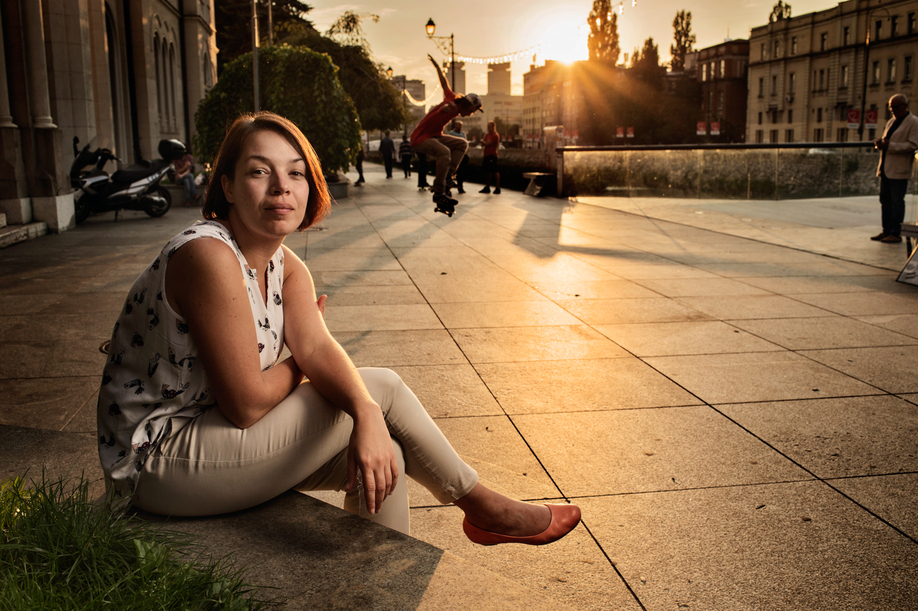

When the siege of Sarajevo, in Bosnia and Herzegovina, begun, Una was 9 years old. Her family took her to play often with her peers along the river that runs through the city. A place that during the siege became very dangerous, because it was exposed to the fire of Serbian Chetnik snipers’ militia. She is 34 years old, now lives in Sarajevo and works as a project manager.
Sarajevo’s Seven Children. War stories in the besieged city.
Roberto Nistri | Bosnia and Herzegovina
Photographer: Roberto Nistri
Exhibit Title: Sarajevo’s Seven Children. War stories in the besieged city.
Location: Bosnia and Herzegovina
Sarajevo, today the capital of Bosnia-Herzegovina, has always been an important crossroads of Balkan history and culture. Sarajevo hosted the 1984 Winter Olympic Games, but between April 5, 1992 and February 29, 1996 had been under siege that will be remembered as the longest of a city in modern history.
For four years, Sarajevo lacked electricity and running water, with its citizens reportedly living in pre-modern standards of life. The four years of siege in Sarajevo caused damage to almost all of the buildings, 35 000 of which were completely destroyed. It is estimated that the Serbian Chetnik neo fascist militia artillery and snipers have killed more than 11 500 people, and left at least another 50 000 injured.
In Sarajevo, 85% of the siege victims were civilians. In Sarajevo, during the siege, 1600 of the dying victims were children.
In Sarajevo, seven children who survived that terrible siege, now adults, remember, many years later, the war that now seems forgotten by everyone.
www.robertonistri.com
Phone numer +393384670822
E-mail: info@robertonistri.com
https://www.instagram.com/roberto.nistri.due/
Make Comment/View Comments